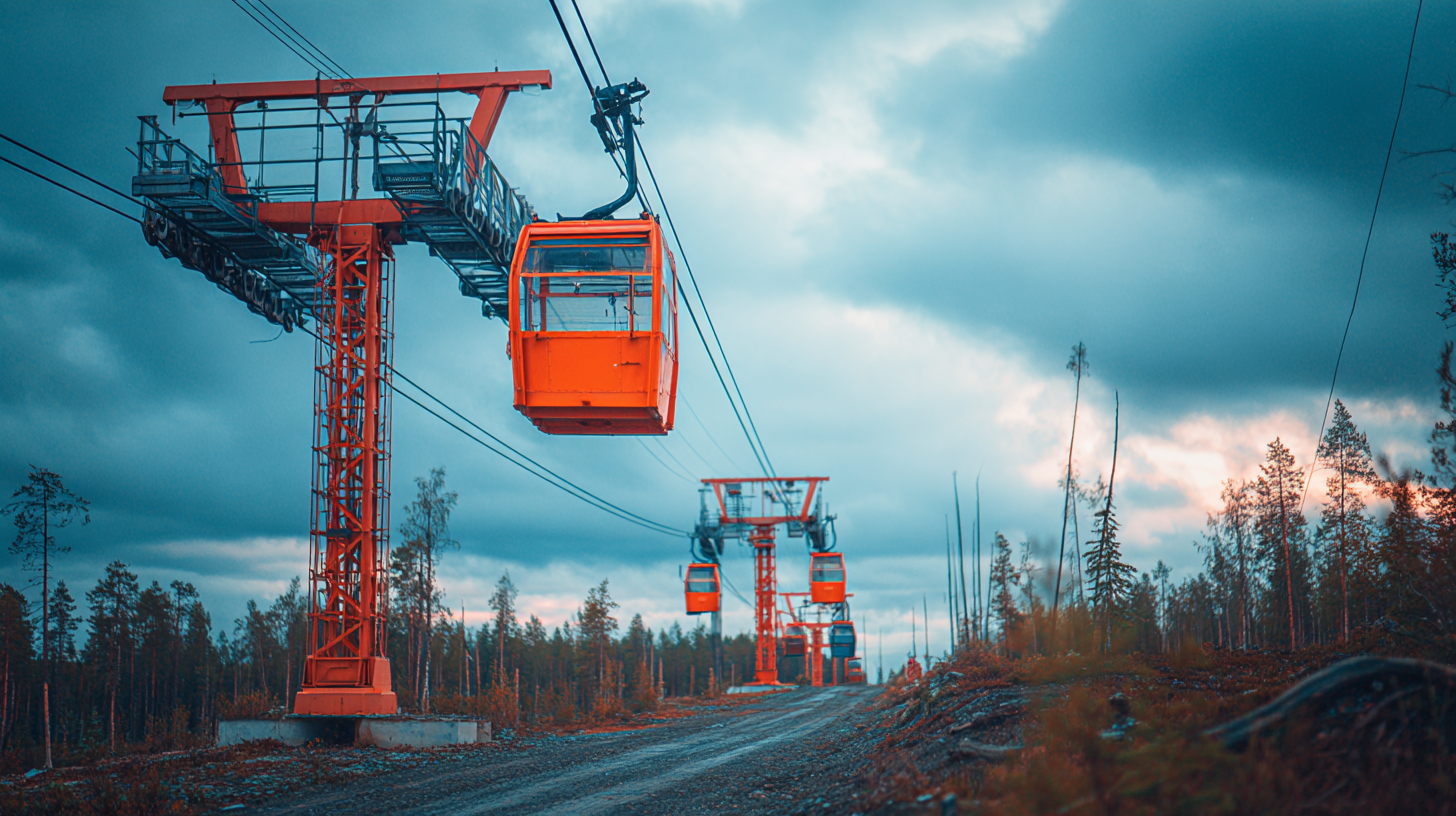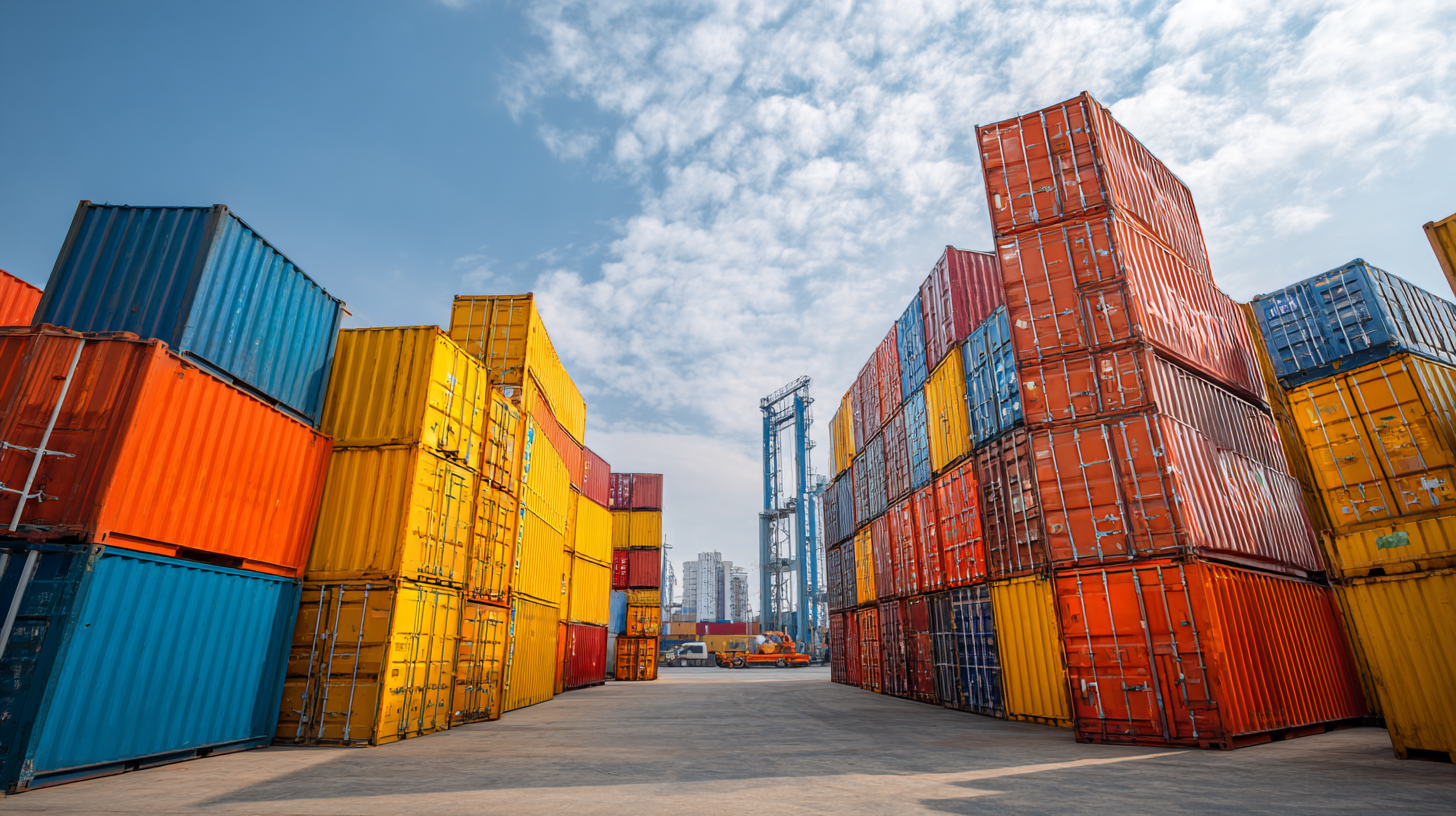Discover the Ultimate Guide to Lift Rental: Essential Tips for Your Next Project
In today's fast-paced construction landscape, the lift rental industry has emerged as a pivotal component for successful project execution. According to a report by IBISWorld, the lift rental market is projected to grow by 3.5% annually, underscoring the increasing demand for aerial work solutions across various sectors, including construction, maintenance, and entertainment.
As projects become more complex and safety standards continue to evolve, understanding the ins and outs of lift rental can be crucial for ensuring operational efficiency and cost-effectiveness.
Industry expert John Smith, a leading consultant in the aerial lift sector, emphasizes the importance of strategic planning when it comes to lift rental. He states, "Choosing the right lift rental is not just about cost; it's about ensuring your team has the right tools to operate safely and efficiently." With the right insights and preparation, project managers can navigate the nuances of lift rental, from selecting the appropriate equipment to understanding the logistical challenges that may arise. This guide aims to equip you with essential tips and industry knowledge, empowering you to elevate your next project with confidence.

Understanding Different Types of Lift Rentals for Your Project Needs
When planning a project that requires elevated access, understanding the different types of lift rentals available is crucial. There are several options, each suited for specific tasks. For instance,
scissor lifts are ideal for vertical tasks, like construction or maintenance work, as they provide a stable platform and significant lifting capabilities. Their compact design allows them to maneuver easily in tight spaces, making them a popular choice for indoor projects.
On the other hand,
boom lifts offer more versatility with their extendable arms that can reach heights and navigate obstacles. They come in two main types: telescopic and articulating. Telescopic boom lifts are perfect for high vertical reaches, while articulating lifts can pivot at multiple points, making them excellent for jobs that require access around barriers. Understanding these distinctions helps ensure you choose the right lift rental that meets the unique demands of your project, optimizing both safety and efficiency.
Key Factors to Consider When Choosing the Right Lift Rental
When selecting the right lift rental for your next project, several key factors must be considered to ensure optimal efficiency and safety. First and foremost, assess the specific requirements of your project. Consider the height you need to reach, the weight capacity required for tools and materials, and any specific terrain conditions. For instance, if you're working on uneven ground, a lift with an extended reach or rough-terrain capability may be necessary.
Another crucial factor is the type of lift that best suits your needs. There are various options available, including scissor lifts, boom lifts, and personnel lifts, each designed for different applications. Scissor lifts, for example, are ideal for vertical access to higher places, while boom lifts provide more lateral reach. Understanding the tasks at hand will help you choose the most efficient type, enhancing productivity while minimizing risks.
Lastly, always factor in the rental company’s reputation and support services. Choose a provider that offers well-maintained equipment, comprehensive safety training, and responsive customer service. Reliable support can make a significant difference in ensuring the smooth operation of your project, helping you avoid costly delays and maintain a safe working environment.
Lift Rental Cost Comparison by Type
Safety Guidelines for Using Lifts: Essential Practices
When working with lifts, safety should always be your top priority.
Whether you are renting a scissor lift or a boom lift for your project, understanding the essential safety guidelines is crucial.
Always conduct a thorough inspection of the lift before use.
Check for any visible damage, ensuring that all safety features, such as emergency stop buttons and guardrails, are functional.
Furthermore, ensure that all operators are well-trained and familiar with the lift's controls and limitations.
It's vital to adhere to weight limits and never exceed the specified capacity.
Additionally, utilizing proper personal protective equipment (PPE) can significantly reduce the risk of accidents.
By wearing helmets, harnesses, and other safety gear, you can protect yourself from potential hazards while working at heights.
Lastly, consider the environmental conditions in which you will be operating the lift.
Wind, rain, or other adverse weather can affect stability and safety.
Always make a plan for securing the lift and ensuring proper usage during such conditions.
By following these safety practices, you can ensure a successful and incident-free lift rental experience.
Cost Breakdown: Budgeting for Your Lift Rental Experience
 When planning a lift rental, understanding the cost breakdown is crucial for effective budgeting. Start by identifying the type of lift you need for your project, as options range from scissor lifts to boom lifts, each with different rental rates. Typically, these costs vary based on factors like lifting capacity, height, and the duration of rental. Rental companies often offer daily, weekly, or monthly rates, so consider how long you will need the equipment to choose the most economical option.
When planning a lift rental, understanding the cost breakdown is crucial for effective budgeting. Start by identifying the type of lift you need for your project, as options range from scissor lifts to boom lifts, each with different rental rates. Typically, these costs vary based on factors like lifting capacity, height, and the duration of rental. Rental companies often offer daily, weekly, or monthly rates, so consider how long you will need the equipment to choose the most economical option.
In addition to the rental fees, it’s essential to account for additional costs that may arise. Transportation fees for delivering and picking up the lift can add to your budget, as well as any necessary insurance coverage. Furthermore, if you require special features or attachments, such as extra platforms or safety gear, these will also contribute to the total expenditure. By carefully evaluating all potential expenses, you can create a well-informed budget that ensures your project runs smoothly without unexpected financial surprises.
Expert Tips for Efficiently Using and Returning Lift Rentals
 When planning a project that requires lift rentals, efficiency is paramount. According to a report by the American Rental Association, the rental equipment industry is projected to grow at a rate of 4.5% annually, highlighting the increasing reliance on rented equipment like lifts for construction and maintenance tasks. To maximize efficiency, it’s crucial to understand the different types of lifts available and select one that matches your project requirements. For example, telescopic boom lifts offer greater reach and flexibility, making them ideal for outdoor tasks, while scissor lifts are more suitable for jobs that require stable work platforms at lower heights.
When planning a project that requires lift rentals, efficiency is paramount. According to a report by the American Rental Association, the rental equipment industry is projected to grow at a rate of 4.5% annually, highlighting the increasing reliance on rented equipment like lifts for construction and maintenance tasks. To maximize efficiency, it’s crucial to understand the different types of lifts available and select one that matches your project requirements. For example, telescopic boom lifts offer greater reach and flexibility, making them ideal for outdoor tasks, while scissor lifts are more suitable for jobs that require stable work platforms at lower heights.
Returning lift rentals can often be as critical as the rental process itself. According to data from the Rental Equipment Register, proper return protocols can save companies an average of 15% in potential charges from damage or late returns. To avoid these fees, it's essential to inspect the lift for any damages before returning it. Additionally, schedule the return during off-peak hours to ensure a seamless process with less likelihood of delays. Having all necessary paperwork and adhering to the rental company’s return guidelines will facilitate a smooth transaction, leaving you with more time to focus on the next stage of your project.

